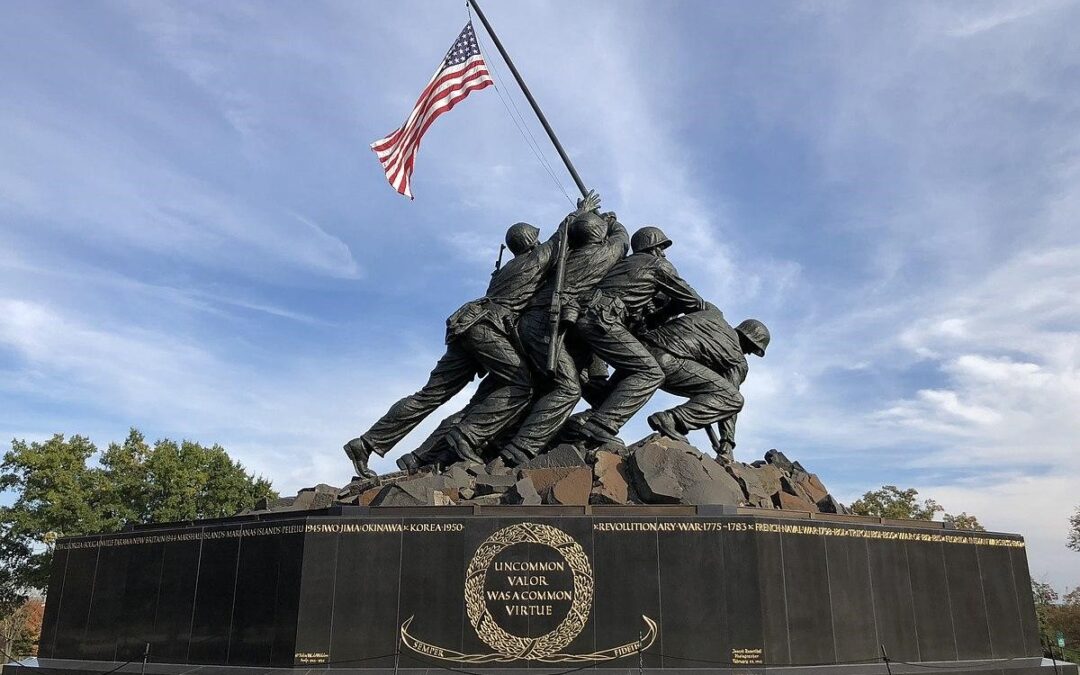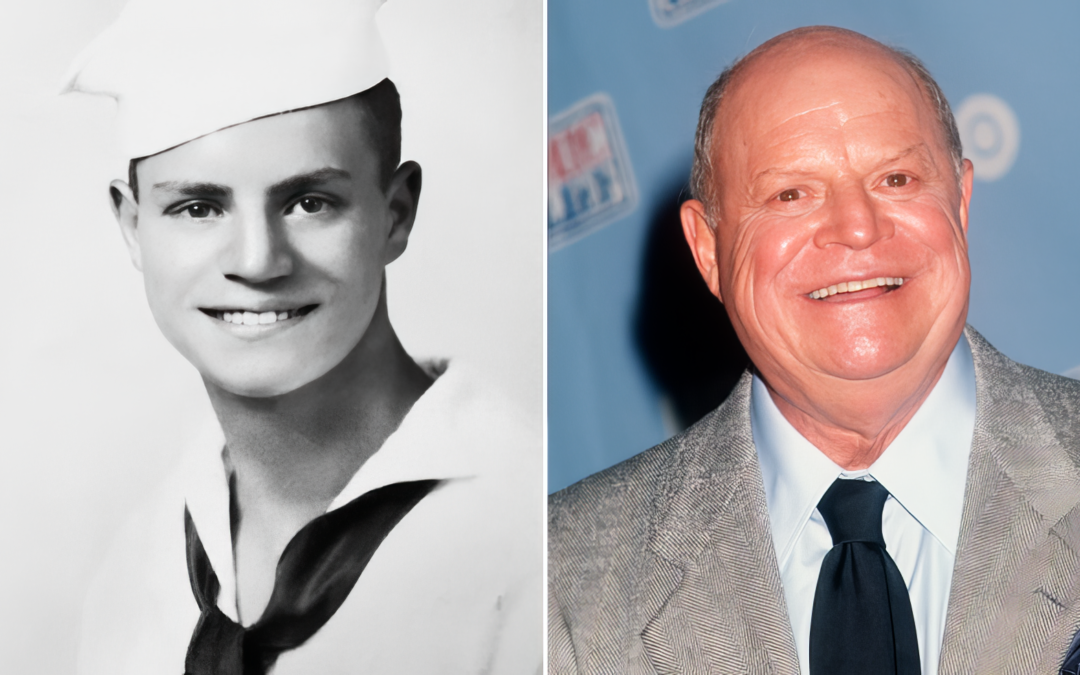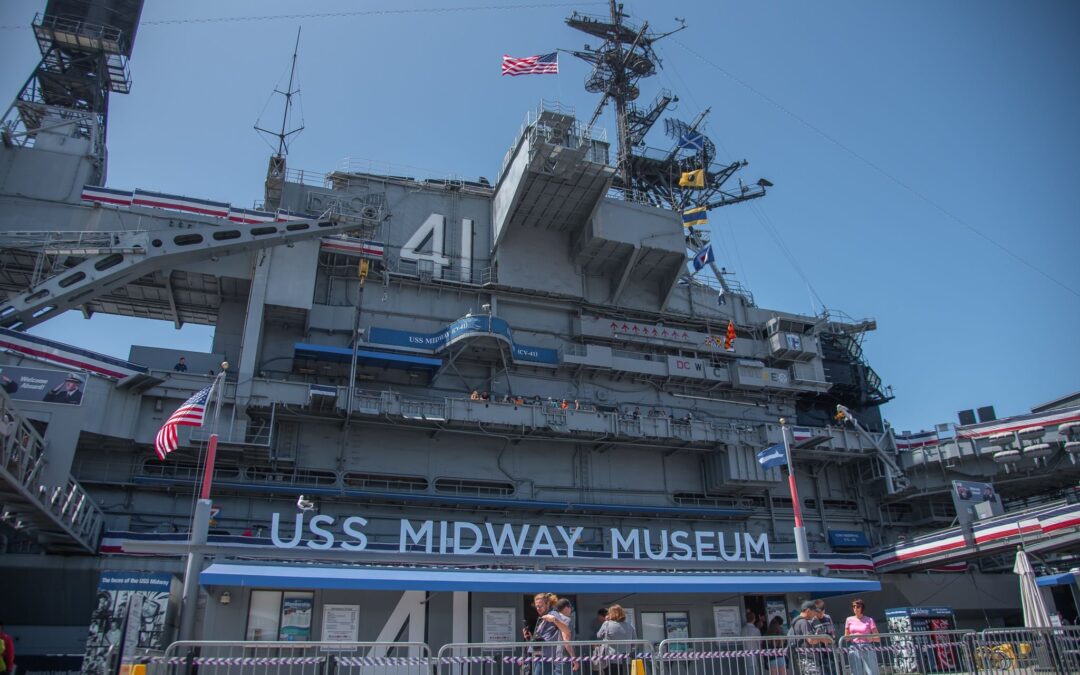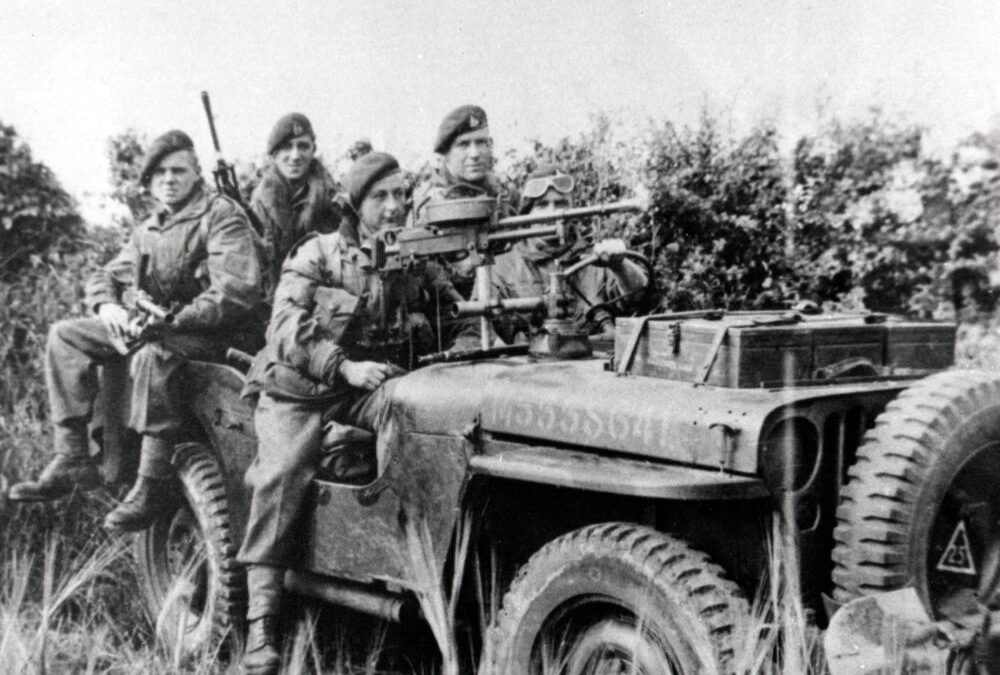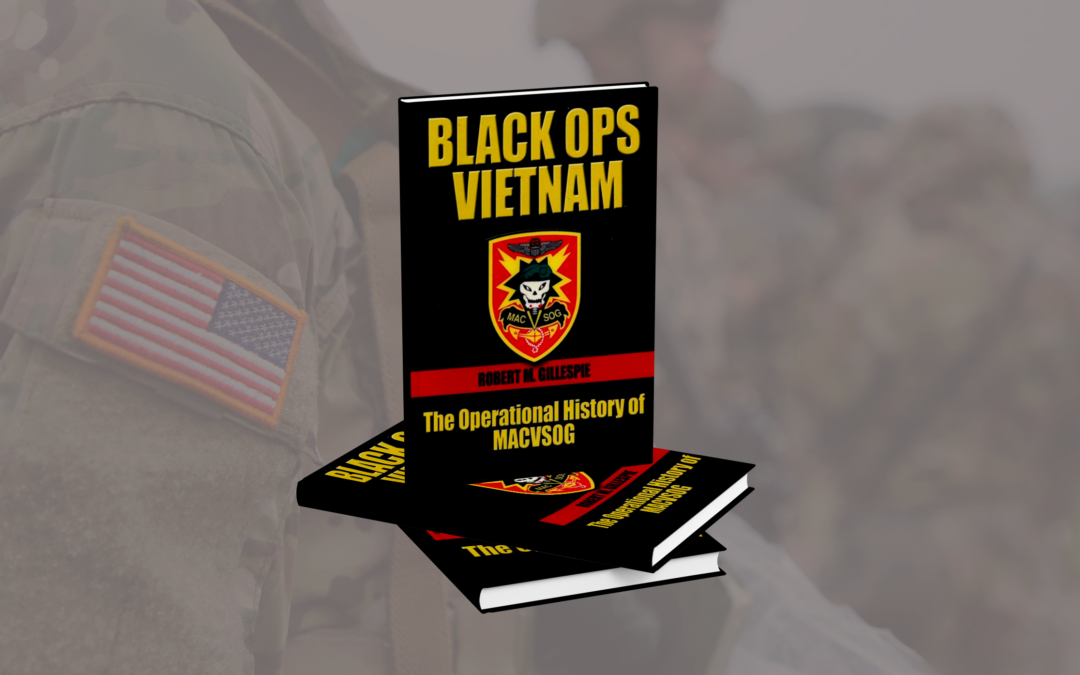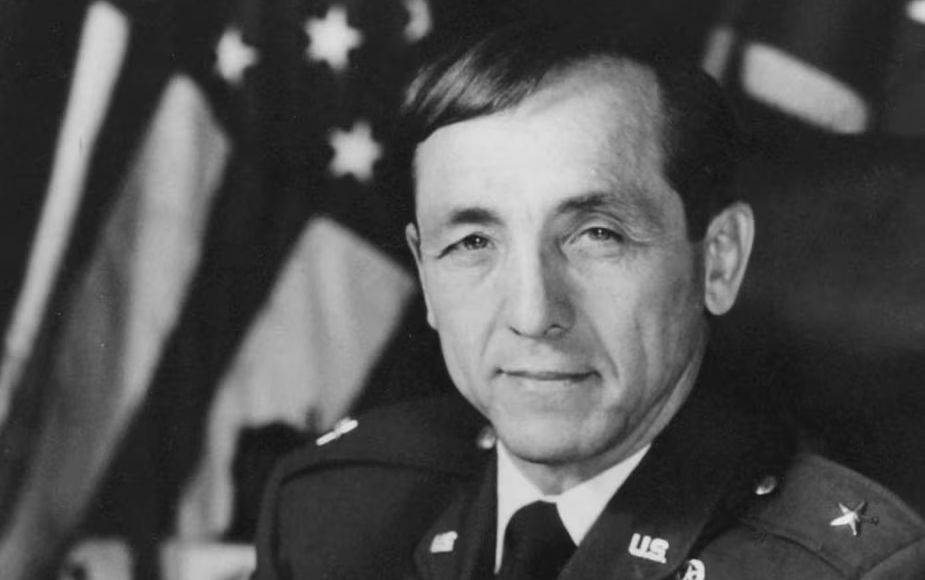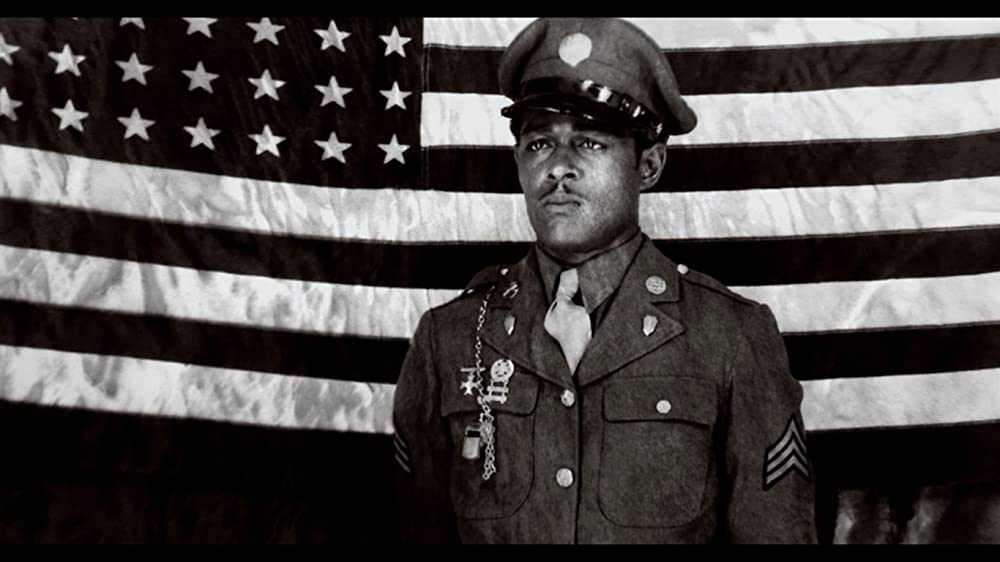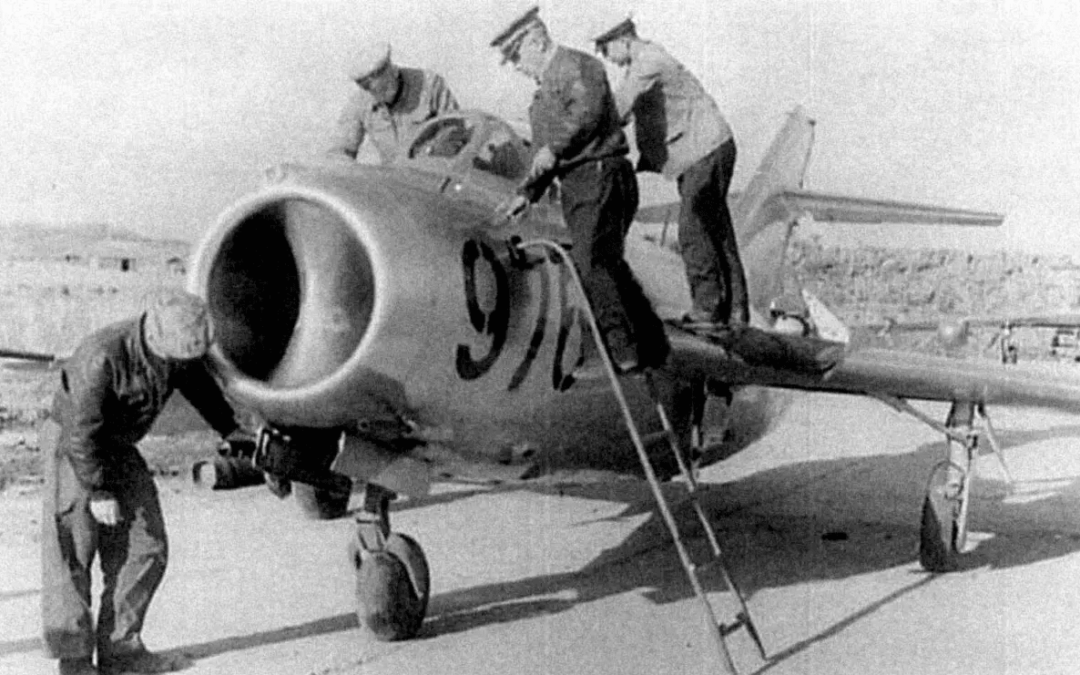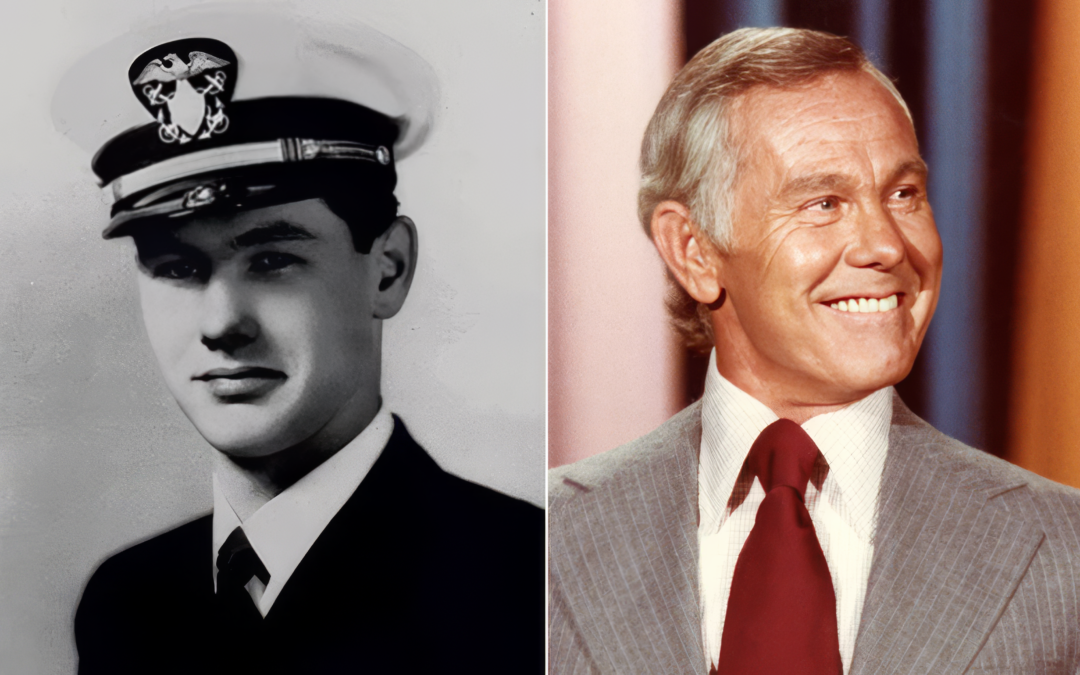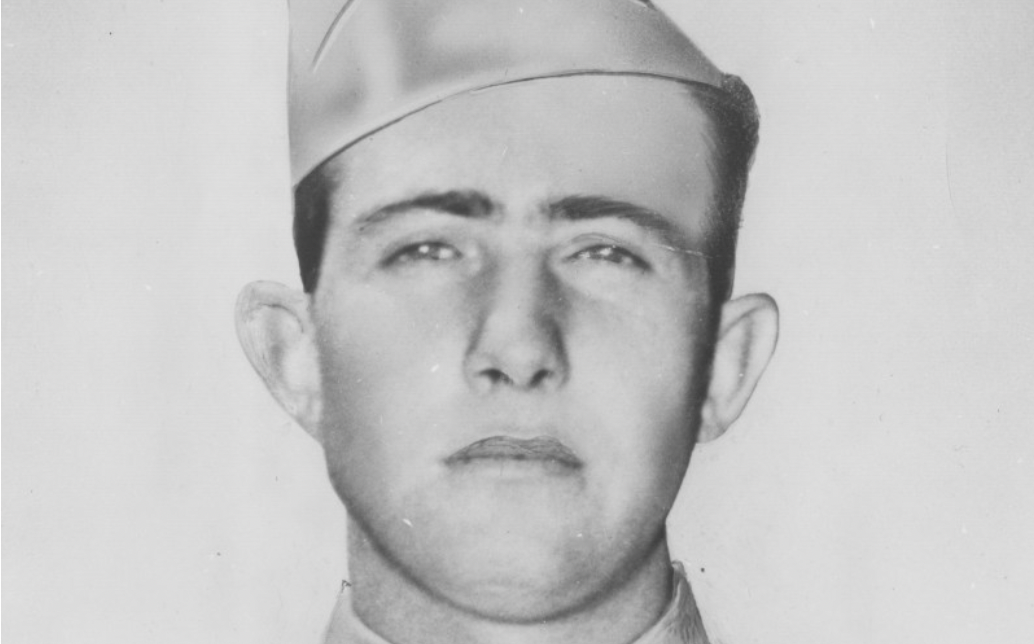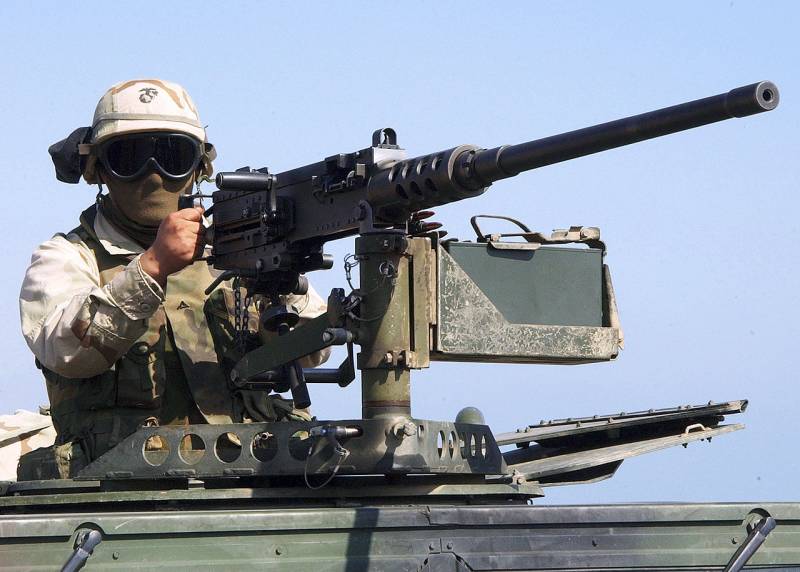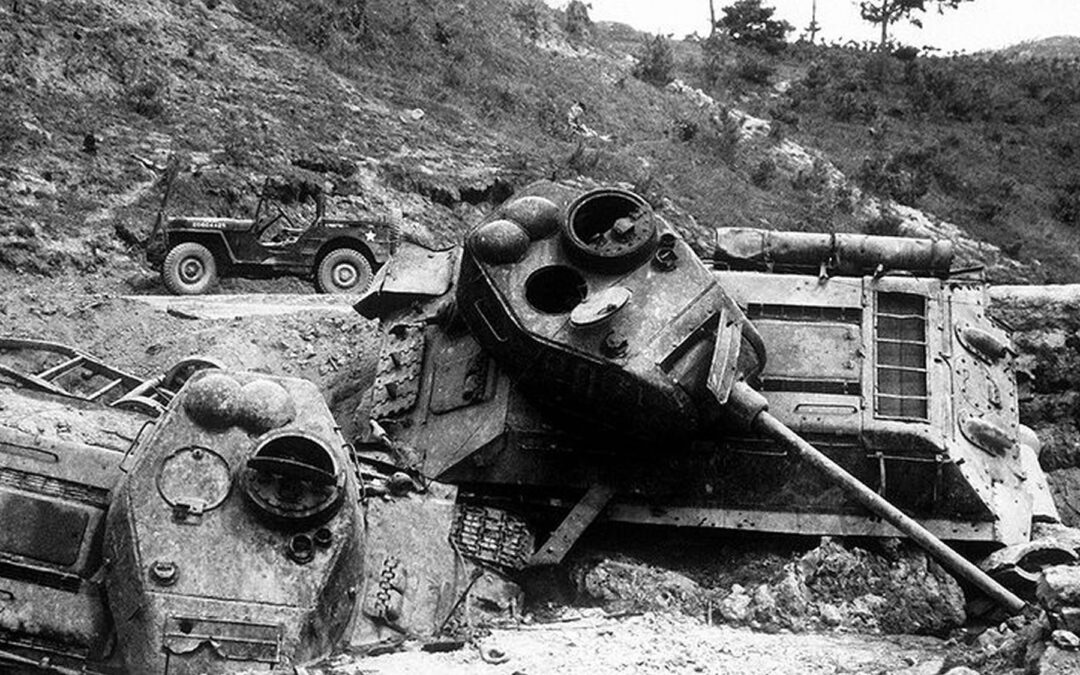The Battle of Iwo Jima is one of the most important battles in the history of the Marine Corps. More than 26,000 United States Marines were killed or wounded for the strategically vital eight square miles of the island. It allowed the United States to attack the Japanese home islands from the air without warning and become the staging point for the coming invasion of Japan. It also came to define the modern Marine Corps. The image of Marines raising the flag on Mount Suribachi became the...
